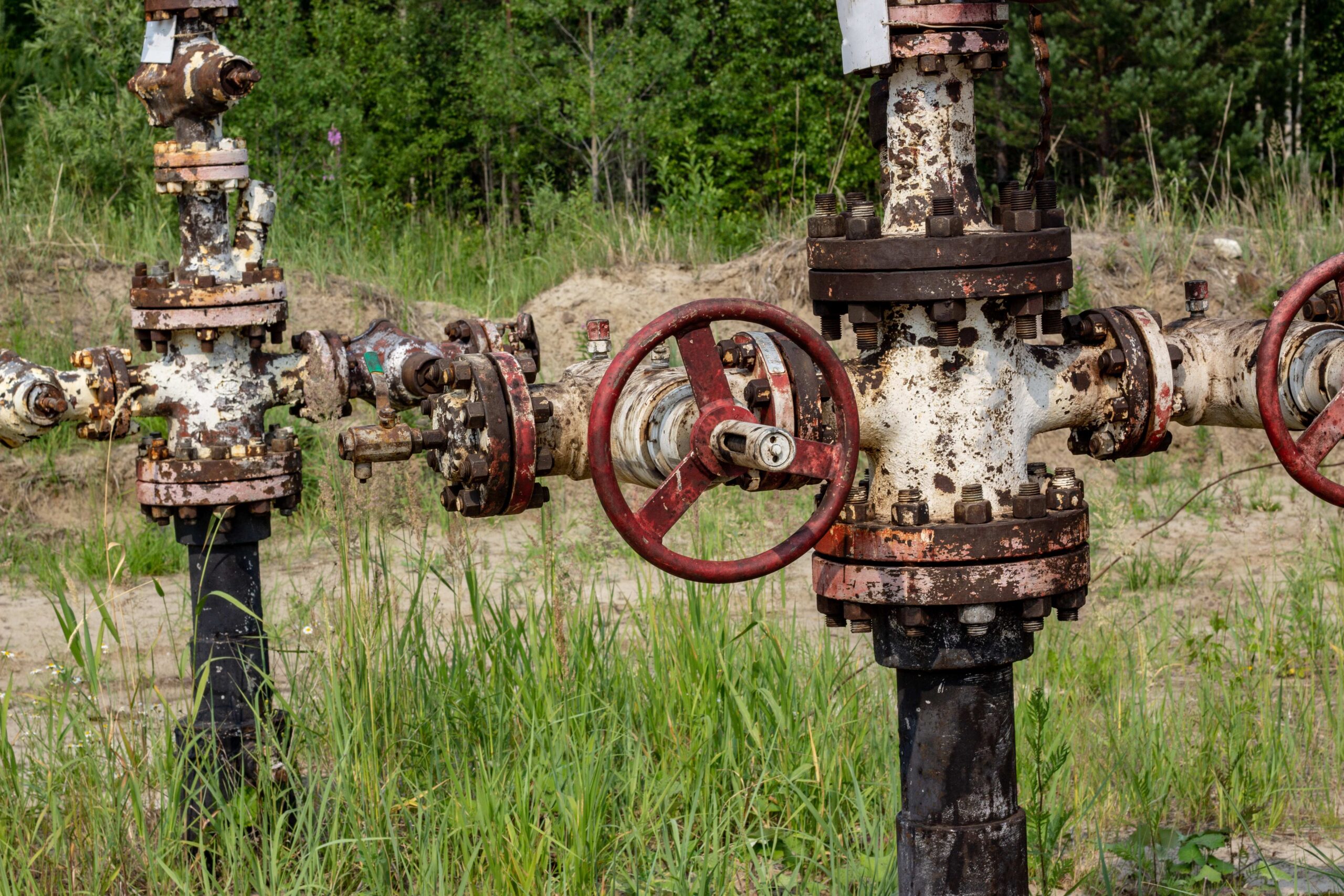This website uses cookies so that we can provide you with the best user experience possible. Cookie information is stored in your browser and performs functions such as recognising you when you return to our website and helping our team to understand which sections of the website you find most interesting and useful.
ACR Publishes Expansive Methodology to Incentivize the Destruction of Ozone Depleting Substances and High Global Warming Potential Foam

SACRAMENTO, CA, August 2, 2017 – The American Carbon Registry (ACR), a non-profit enterprise of Winrock International, has published a new Methodology for the Quantification, Monitoring, Reporting and Verification of GHG Emissions Reductions from the Destruction of Ozone Depleting Substances (ODS) and High-Global Warming Potential (GWP) Foam. The Methodology developed by EOS Climate and ACR significantly and substantively expands the California Air Resources Board (ARB) ODS Compliance Offset Protocol to include multiple additional eligible sources of ODS and foam, new monitoring and verification methods and destruction facilities, and updated quantification, emissions factors and sources. The emissions reduction potential in the U.S. alone from the destruction of ODS and foam totals over 50 MMT CO2e by 2020, equivalent to taking over ten million cars off the road each year.
Chloroflourocarbons (CFCs) and hydrochlorofluorocarbons (HCFCs) are used in refrigeration and air conditioning systems, aerosol sprays and medical devices as well as foam blowing agents for the manufacture of insulation and noise reduction in buildings, appliances, coolers, marine applications and industrial pipe insulation. CFCs and HCFCs are classified as Ozone Depleting Substances (ODS) because they deplete the stratospheric ozone layer, and they have extremely high GWPs, ranging from 4,750 to 10,900 times more potent to the atmosphere than CO2.
Under the Montreal Protocol, the production of CFC refrigerants in the U.S. is phased out and the production of HCFC-22 will be phased out by 2020. However, the use of these ODS is not prohibited, and standard practice is to recycle these compounds for reuse. This practice leads to ODS refrigerants leaking into the atmosphere at rates estimated by the EPA to be up to 25 percent annually.
By providing a financial incentive through the carbon market, the ARB Offset Protocol has incentivized the destruction of ODS resulting in 15 MMT of emissions reductions over the last decade. ACR’s new methodology will build on that success and more broadly incentivize large-scale GHG emissions reductions from the destruction of ODS and foams.
The ACR methodology includes new eligible sources of ODS used in air conditioning and refrigeration equipment, in medical aerosol applications and for fire suppression. Additionally, to incentivize foam destruction projects, of which there have been none to date, the ACR methodology includes multiple new eligible foam sources including walk-in coolers, refrigerated transportation, refrigeration cases, pipe insulation and marine foam, and provides new emission factors and quantification methods for foam projects as well as for monitoring destruction events conducted at destruction facilities that are a part of an enclosed equipment de-manufacturing system. Foam projects have the potential to supply 30 MMT of CO2e emissions reductions by 2020.
“This expanded Methodology provides needed updates to EOS Climate’s original, circa-2008 ODS offset protocol to reflect new science, current regulatory and baseline conditions, and advances in recycling and destruction technologies”, said Jeff Cohen of EOS Climate. “ODS projects under California’s cap-and-trade program have prevented the equivalent of millions of tons of carbon emissions, while also speeding the transition to climate-friendly advanced technologies. We have a limited time window to permanently retire the remaining inventories of these most powerful climate pollutants before they get released to the atmosphere, while ensuring correct carbon accounting. It is important for California, Ontario and other regulated markets to review this updated Methodology for inclusion in their programs.”




